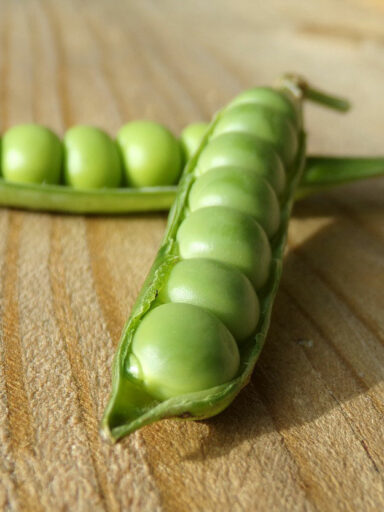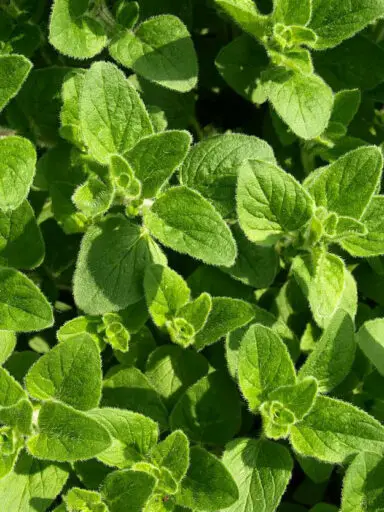Cymbopogon, is more commonly known as lemongrass herb but may also be known in different regions by other terms such as barbed wire grass, cha de Dartigalongue, citronella grass, fever grass, gavati chahapati, hierba Luisa, lemongrass, silky heads, tangled, and many more.
Lemongrass is more commonly used as a medicinal or culinary herb. This grass comes with a subtle citrus flavor commonly used in tea, soup, and curry. It is also used in meat, poultry, fish, and seafood dishes.
It is popularly used across different regions of the world ranging from Mexico and Latin America, Togo and the Democratic Republic of the Congo to Burma, India, Laos, Sri Lanka, Thailand, Vietnam, and the entire southeast Asia regions.
Across the world, it is used as a natural pesticide when inter-cropped with other vegetables such as tomato, broccoli, and others. It is also grown in home gardens to ward off insects.
Some lemongrass varieties can grow up to about ten meters tall if left to do so but most grow up to about one meter. The grass grows in dense bundles that emerge from the tough bulbous base. The shoots spread out about one meter in width in all directions.
The leaves, leaf buds, and stalks are available all year round in markets and stores. It is also popularly grown in home gardens where it is picked fresh whenever needed for cooking. When purchasing lemongrass, one should look for plants that are vibrant in color and firm in texture. They should not show signs of mold or any bruises.
They should be green in color and not have any yellow or wilting leaves. They should have a lemon-like and rosy fragrance. It can also be purchased dried or in powdered form from the store. The powdered herb should be purchased from reputable sources so as to ensure you are not buying adulterated herbs.
At home, the grass can be kept in a refrigerator in a zip-lock bag to keep fresh for about 10 to 15 days. The stems may also be frozen until needed. The dried or powdered herb can be stored for several months in a cool, dark, and dry place in an airtight container.
How to use Lemongrass in Culinary Preparations
Fresh herbs should be prepared by chopping off the bases and washing thoroughly in cold running water. It can then be cut into various lengths according to the recipe requirements. It can range from finely chopped to pieces that are at least an inch long.
The dried herb can be added to the cooking pot a minute or two before completing the process. In cooking, it is widely used in soup stir-fry, marinade, sauce, and curry preparations. Tom yum is a popular soup in Thailand featuring lemongrass as the star.
Lemongrass is also added to tea, salad, fish, poultry, meat, and seafood.
Nutritional Benefits
Lemongrass provides 99 calories per 100 grams. It has no cholesterol and is extremely low in fat and protein. It contains plenty of carbohydrates and Citral oil that gives it the lemon fragrance and also has strong antimicrobial and anti-fungal properties.
It also has small amounts of anti-oxidants and is rich in minerals and certain vitamins.
Lemongrass is a rich source of folates and riboflavin. It is also a good source of niacin and pyridoxine as well as Thiamin. It also has good amounts of vitamin C.
This herb is rich in potassium, magnesium, calcium, zinc, and copper. It is extremely rich in iron and manganese.




